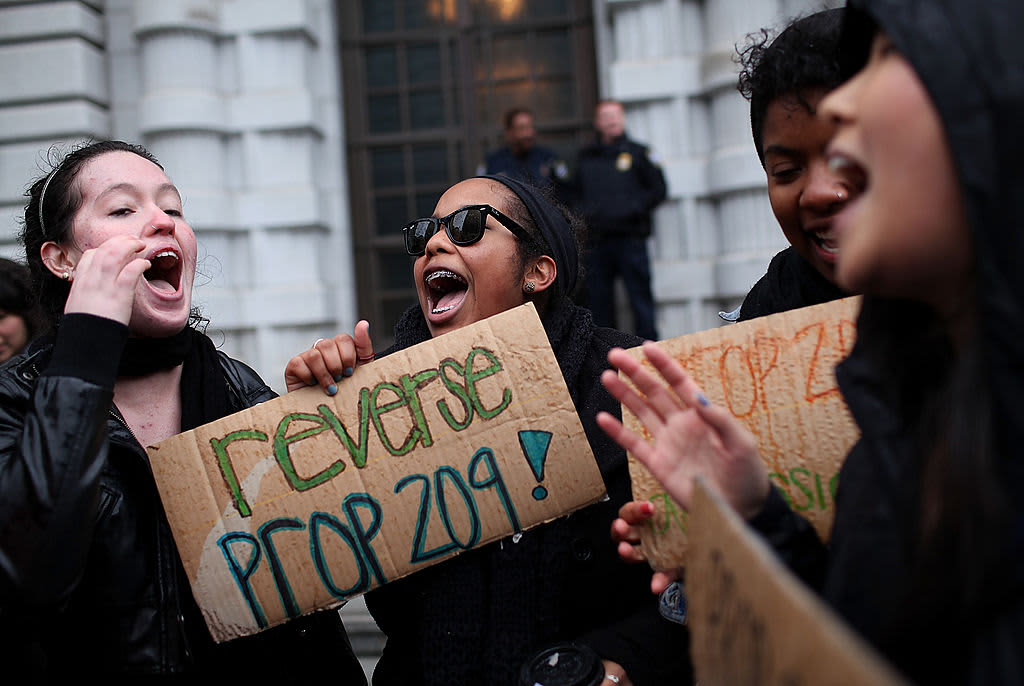Affirmative action in higher education has been a contentious issue since its inception in the United States. The policy, which aims to increase the representation of historically marginalized groups in colleges and universities, has been both lauded as a tool for promoting diversity and criticized as a form of reverse discrimination.
Affirmative action first gained widespread attention in the 1960s as a means to address the systemic barriers that African Americans and other minority groups faced in accessing higher education. The landmark Supreme Court case, Regents of the University of California v. Bakke in 1978, upheld the use of affirmative action in college admissions but also set limits on the use of racial quotas.
Over the years, affirmative action policies have continued to evolve in response to changing societal norms and legal challenges. In 2003, the Supreme Court upheld the use of race as a factor in college admissions in Grutter v. Bollinger, but also emphasized the importance of considering race-neutral alternatives.
Despite these legal battles, affirmative action remains a key tool for promoting diversity in higher education. Proponents argue that it is crucial for creating a more inclusive environment on college campuses and for providing opportunities to students who have been historically marginalized. They point to research showing that diverse learning environments benefit all students and prepare them for an increasingly globalized world.
However, critics of affirmative action argue that it can lead to unfair advantages for some students at the expense of others. They argue that race should not be a factor in college admissions and that merit should be the sole consideration. Some opponents also argue that affirmative action perpetuates stereotypes and division by categorizing individuals based on their race or ethnicity.
As the debate over affirmative action in higher education continues, colleges and universities are grappling with how to strike a balance between promoting diversity and maintaining fairness in their admissions policies. Some institutions have implemented race-blind admissions practices or alternative approaches to increasing diversity, such as socioeconomic affirmative action.
Ultimately, the history of affirmative action in higher education is a complex and ongoing story. While the policy has helped to create more equitable opportunities for marginalized groups, it has also sparked heated discussions about fairness and merit. As colleges and universities navigate these challenges, it remains to be seen how affirmative action will continue to shape the landscape of higher education in the future.
